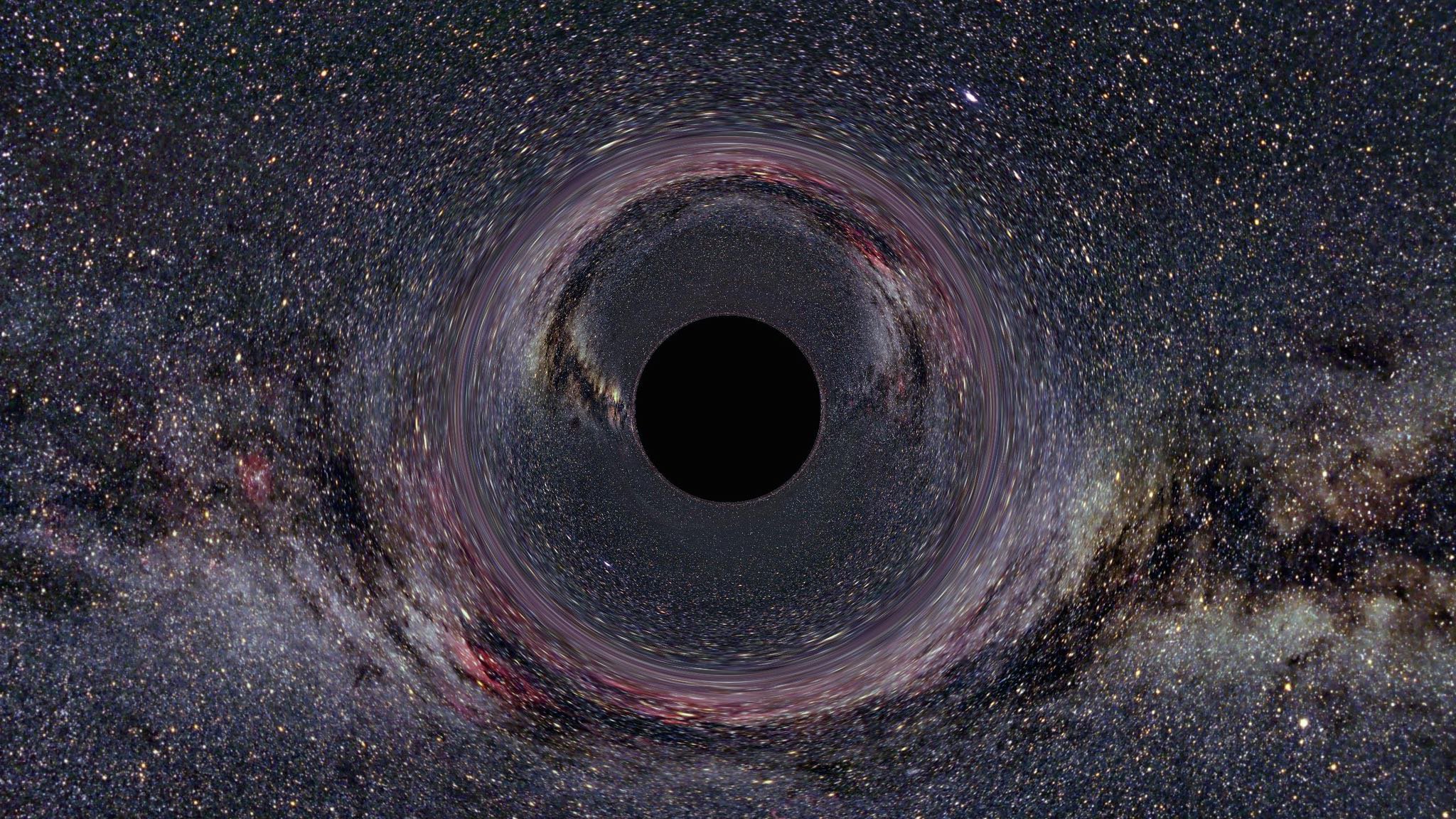Researchers Find Black Hole 'Village' at Center of Milky Way
After years of prediction and accumulating information, astrophysicists have unveiled the first evidence of a black hole village—and it exists right in the middle of our galactic neighborhood.

For years, astronomers have predicted that any single supermassive black hole is a goliath nested in the center of a black hole village—but the field has failed to procure hard evidence. Finally, after years of prediction and accumulating information, astrophysicists from Columbia University have unveiled the first evidence of such a village—and it exists right in the middle of our galactic neighborhood.
Supermassive black holes are abnormally large, and their origins have remained an astronomical elephant-sized mystery. Their outright size makes it unlikely for supermassive black holes to have grown out of a single, dying star. To explain their size, astrophysicists hypothesized star clusters merge in their death throes, accumulating enough mass to forge a single supermassive black hole, but when you crunch the numbers for typical star clusters in our universe, such a process could easily exceed the age of the universe. There’s no satisfactory explanation without a mechanism for speeding up the process.
In contrast to discrete star clusters, galaxies are massive stellar hubs; their gravitational force could reasonably behave like a black hole pressure-cooker. Within the center of a galaxy, many dying stars could rapidly collect, form binaries, and merge into a single supermassive black hole. And indeed, most observable supermassive black holes reside at the center of galaxies—leading most astrophysicists to agree on this proposed model.
Still, substantiating this pressure-cooker hypothesis requires hard evidence. A density cusp, a localized increase in the number of small (stellar-mass) black holes near the edge of a single supermassive black hole, would represent a believable snapshot of proposed models for supermassive black hole formation. However, black holes themselves are very difficult to detect, and complicating the situation is the tremendous noise surrounding galactic centers.
Finally, after decades of searching, Columbia University has provided the first evidence of a density cusp—a remnant of supermassive black hole formation. Using archived data from NASA’s Chandra X-Ray Observatory, Chuck Hailey and colleagues determined at least a dozen potential black holes exist on the periphery of Sagittarius A*, the supermassive black hole residing at the center of our own Milky Way Galaxy.
Hailey admits that six of the twelve potential black holes are convincingly real, whereas the remaining six could be attributed to noise and statistical flukes—emissions from neighboring millisecond pulsars, for example.
Nevertheless, the location of these black holes are what’s significant: To date, we have only identified nearly sixty black holes within our galaxy, but most are concentrated towards the galactic center. This study adds at least six authentic, another six predicted, black holes on the cusp of Sagittarius A*. Here’s Chuck Haily reporting for Scientific American:
These objects… provide a unique laboratory for learning about how big black holes interact with little ones, because we can’t readily study these processes in other, more distant galaxies.
The work has potentially supermassive implications. If density cusps exist within our own galactic neighborhood, the same principle could extend to other galaxies, waiting to be detected throughout the universe. It could also indicate that there are many more—a theoretical 20,000—black holes lurking within our own Galaxy.
Watch a profile of astrophysicist Andrea Ghez, who helped discover the supermassive black hole at the center of our galaxy.
Don’t miss NOVA’s “ Black Hole Apocalypse ,” available for streaming online.
Photo credit: Physics education group Kraus, Universität Hildesheim / Wikimedia Commons (CC BY-SA 2.5)



